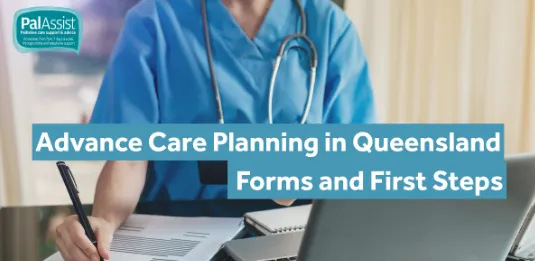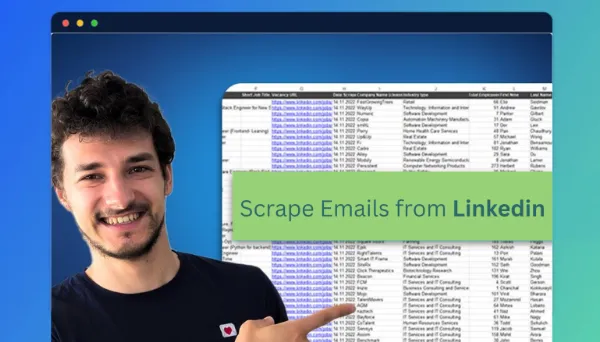Advance Care Planning in Queensland: Forms and First Steps

What happens if you end up in the hospital and can’t tell doctors what treatment you want? It’s not a comfortable thought, but many Queenslanders haven’t written down their medical wishes yet.
At www.palassist.org.au, we work with people facing serious illness, so we know how valuable advance care planning can be.
Advance care planning in QLD helps you stay in control of your health care, even when you can’t speak. That way, your decision maker can make choices that reflect what you want.
Also Read: How to Apply for a Job at McDonald’s UK
So let’s break down what advance care means and look at the first steps you can take today.
What Is Advance Care Planning and What’s Involved?
Advance care planning means thinking ahead about your health care preferences before you actually need them. You decide what treatments you’d want, what you’d rather avoid, and who should speak for you if you can’t.

These plans actually come into play anytime you’re too unwell to make decisions yourself, such as after an accident or when medication affects your thinking.
The process usually includes legal documents called directives that spell out your wishes. These directives tell doctors, nurses, and your family exactly what you want to happen, so everyone knows what to do.
Key terms to know
As you start looking into advance care planning, you’ll see a few specific terms show up, such as:
- Advance Health Directive (AHD): You write down which medical treatments you want or don’t want in this legal document. It also lets you name someone to make health decisions on your behalf.
- Enduring Power of Attorney (EPA): This document appoints someone to handle your financial or personal matters. They can pay bills, manage property, and sort out other practical issues for you.
- Statement of Choices (SOC): Think of this as a less formal way to record what matters to you. Doctors refer to it when you haven’t completed an AHD, but they need to understand your values.
Once you get your head around these terms, the forms will become much easier to fill out. You’ll begin to understand how each document serves a different purpose, but they all work together to protect what you want.
Common myths and why they’re wrong
Plenty of people avoid advance care planning because they’ve heard things that just aren’t accurate. We’ll sort out the myths and the truth.
- “It’s only for old people”: Anyone over 18 can suddenly lose the ability to make decisions. A car accident or unexpected illness doesn’t check your age first.
- “I’ll lose control”: Planning actually hands you more control, not less. You get to decide what happens instead of leaving everything to the legal system or stressed family members.
- “It’s too complicated”: Yes, the forms can look a bit intimidating at first glance. But with help from a doctor or health professional, most people complete them in just one or two sessions.
Now that you understand the basics and have cleared up those common misunderstandings, let’s look at the actual forms you’ll need to complete in Queensland.
Forms You Need for Advance Care Planning in Queensland
Queensland has specific forms that meet legal requirements, and using the correct ones is important. Forms from other states won’t necessarily apply here, so you need to make sure you’re working with Queensland documents.

The good news? These forms are free and easy to access once you know where to look. Let’s walk through which documents you need, where to find them, and how to fill them out properly.
Start with the right documents
Queensland uses different forms compared to other Australian states. An advance health directive completed in New South Wales, for example, might not be valid here. That’s why you need to use Queensland-specific documents if you live or receive care in this state.
The main form you’ll need is the Advance Health Directive. You might also want an Enduring Power of Attorney for financial matters. Some people choose to complete a Statement of Choices as well, though this one’s less formal.
Where to get them
You can download official forms directly from the Queensland Government website for free. We at PalAssist also provide guidance and support to help you through the process.
Your GP or local hospital can supply printed copies too. Many health professionals keep these forms on hand because patients ask for them regularly.
How to complete them properly
Next, you’ll need two adult witnesses when you sign an Advance Health Directive, and they can’t be family members or anyone who benefits from your estate. One of those witnesses needs to be what’s called a qualified person, like a doctor, lawyer, or justice of the peace.
The person you’ve chosen as your decision maker can’t witness your signature either. If you’re unsure about any medical terms in the forms, have a chat with your GP before you sign anything. They can explain what everything means in simple terms.
What happens after?
After completing the forms, keep the original document somewhere safe at home, like a fireproof box or a secure file. Then give copies to your GP, your nominated decision maker, and any close family members who might need to act on your wishes.
You can also upload your directive to My Health Record so any doctor treating you can access it quickly. If your circumstances change or you rethink your preferences, update your plan and make sure everyone gets the new version.
Start Your Advance Care Planning Today
So, ready to start taking charge of your future health care?
You don’t need to have all the answers figured out before you start, either. All you need is a willingness to begin the conversation and think about what you value most.
Starting today means your loved ones won’t have to guess what you’d want during a stressful time.
If you need support or have questions about advance care planning in Queensland, we’re here to help at PalAssist. Take that first step now, and give yourself and your family genuine peace of mind for whatever lies ahead.





